All of the photos in this entry were taken with a Sony Nex-7, and a Sony 18-200mm E mount lens. I used Adobe Lightroom 4.1 for all the raw conversions. This first image was taken in color and converted to B&W by using the conversion process in Lightroom 4.1
I was out in my backyard and kept hearing the ominous sounds of thunder, but every time I looked around the sky, I couldn’t see any thunderheads. Soon the wind picked up and it was clear that a good rain might be headed my way. While walking around the side of the house, I was able to see a break in the trees and saw that all along the Arkansas River, that a large storm was forming and would soon be headed over to my house. The wait was not long and soon we were blessed with about a 30 minute heavy rain that was really needed. As soon as the rain stopped I decided to try and get some pictures since it had been so long that I had been able to work around water in Arkansas.
I wanted to try out my Sony Nex-7 with the Sony 18-200mm F3.2 to F6.3 lens. I had not really used this lens in low light/high iso photography and was curious how well both the camera and lens would perform. Since the Sony Nex-7 has a cropped sensor with a 1.5x factor, the 200mm lens would be the 35mm equivalent of a 300mm lens. I did not use a tripod and mainly used the cameras LCD for all the focus/framing of the various subjects I photographed. The robins were a push at 1600 iso and a F stop of 6.3. I quickly realized that the Sony 18-200 lens was not a low light lens. I ran into immediate focus problems which I had not experienced before. Even though the lens was showing good focus confirmation, it was not really able to lock on to many of the finer subjects I was trying to work with. The shot of the robin came out very well. He was moving around quite a bit and this shot is a crop of about 1/25th of the full sized image. In this case the 18-200 was able to lock in very well, but even with 300mm, it was really not enough to work this robin which was about 25 yards away from me. Still after working up this crop in Lightroom 4.1, I was very happy with the results. The robin had been through the worst of the rain as can be seen by looking at his head.
I moved to my backyard and started working with some Pine Siskens that work coming to my feeders. They were wet and in low light so the lens did have some problems hitting and locking on the birds. These birds are quick and spooky and don’t tend to stay in one place very long. I lost a lot of shots due to either the lens not locking on focus fast enough or blur. Since I was not using a tripod, I really was not able to zoom in to check the focus on the birds as if I had tried they would have been long gone by the time I had it ready.
Overall, I was not very impressed by the Sony Nex-7’s abilities here. The focus of the camera is a bit slow, and tended to miss the birds and lock on the feeder behind them. I found that by setting the focus to the single center focus instead of the multi-focus setting I was able to get a bit better results. The fact that I was forced to use iso 1600 and an F stop of 6.3 was not helping here. My corresponding shutter speed was about 1/200 to 1/160 and many times that was just not fast enough to stop the movement of the birds. I feel that if there had been better light I could have dropped the iso to around 200 and maybe have been able to increase my shutter speed to around 1/320 or 1/500 at iso 400. But the Sony 18-200 showed one of it’s weaknesses here in that at 200mm, it’s a very slow (not a good low light lens).
I moved to some pine needles that were holding some single drops of water. These were no moving so I was able to really zoom in and grab some close ups. Once I had the files in Lightroom, I cropped in about 1/15th of the original file. Here the advantage of the Sony Nex-7’s 24 megapixel sensor really showed, since even with this much cropping I was able to still hold onto a lot of good details on the individual needles.
One thing that impressed me is the bokeh of the 18-200 at 200mm was veyr nice. Notice in this photograph how smooth the out of focus areas are. Your eye are not drawn to them, and they just blend into the background. Again this is a crop of a full sized picture. I was not able to to get close enough to these needles to arrange for a macro shot instead I stayed back and used the 18-200 at 200 (300 in 35mm equivalent). This was a good trade off and is a technigue I may use again now that I know that the Sony Nex-7’s sensor will allow me to make such dramatic crops into files and still hold details.
Overall I was pretty happy with the results of the Sony Nex-7, but for sure it’s not a low light action shooter with the Sony E mount 18-200 lens. It might perform much better with one of Sony Alpha lenses like the 200-400, but for now I am going to stay away from that added cost. Here a few items that I learned from the shoot.
- The Sony Nex-7 at iso 1600 is quite noisy and most definitely should be shot in raw mode. If you use jpg mode I feel that the in camera sharpening will sharpen up the noise too much.
- The Sony Nex-7 with the 18-200mm E mount lens is rather a limited platform especially for low light shooting. The combination has trouble getting a good focus lock and many times even with the steady hands setting on the lens, produced a blurred image. For fine resolving subjects like bird features, you may want to look to a different solution unless you are able to stay in a the iso range of 100 to 400
- The Sony Nex-7’s sensor allows you to make excellent crops as much as 1/20 to 1/25 of the original image that I feel could be printed up to 11 x 14 at 240 dpi on a inkjet printer. This is a huge advantage over other cameras in the mirrorless market and in some cases may produce more useful cropped images than a Canon 5D MKII.
- The raw files from the Sony Nex-7 are very easy to work with in Lightroom 4.1. The files I took at iso 1600 cleaned up very well and still hold onto a surprising amount of detail. I would not attempt to shoot jpgs here as I feel that the accompanying noise would make for a very harsh result.
- Unfortunately the Sony Nex-7 has a good bit of noise in images taken past iso 800 and by pushing the iso to 3200 the amount of noise becomes much too extreme. Unless you are working in very good light and only need the higher iso to allow for a faster shutter speed.
- The auto focus speed of the Sony Nex-7 and 18-200 E mount lens is slow and tends to miss subjects in low light. If you can use the magnification of the LCD on the back of the camera you may get much better results by using manual focus.
I enjoyed my late afternoon shoot and am planning on trying out a Alpha mid range telephoto lens on the Nex-7 to see with the better glass if I can improve on my low light usage of the Sony Nex-7.
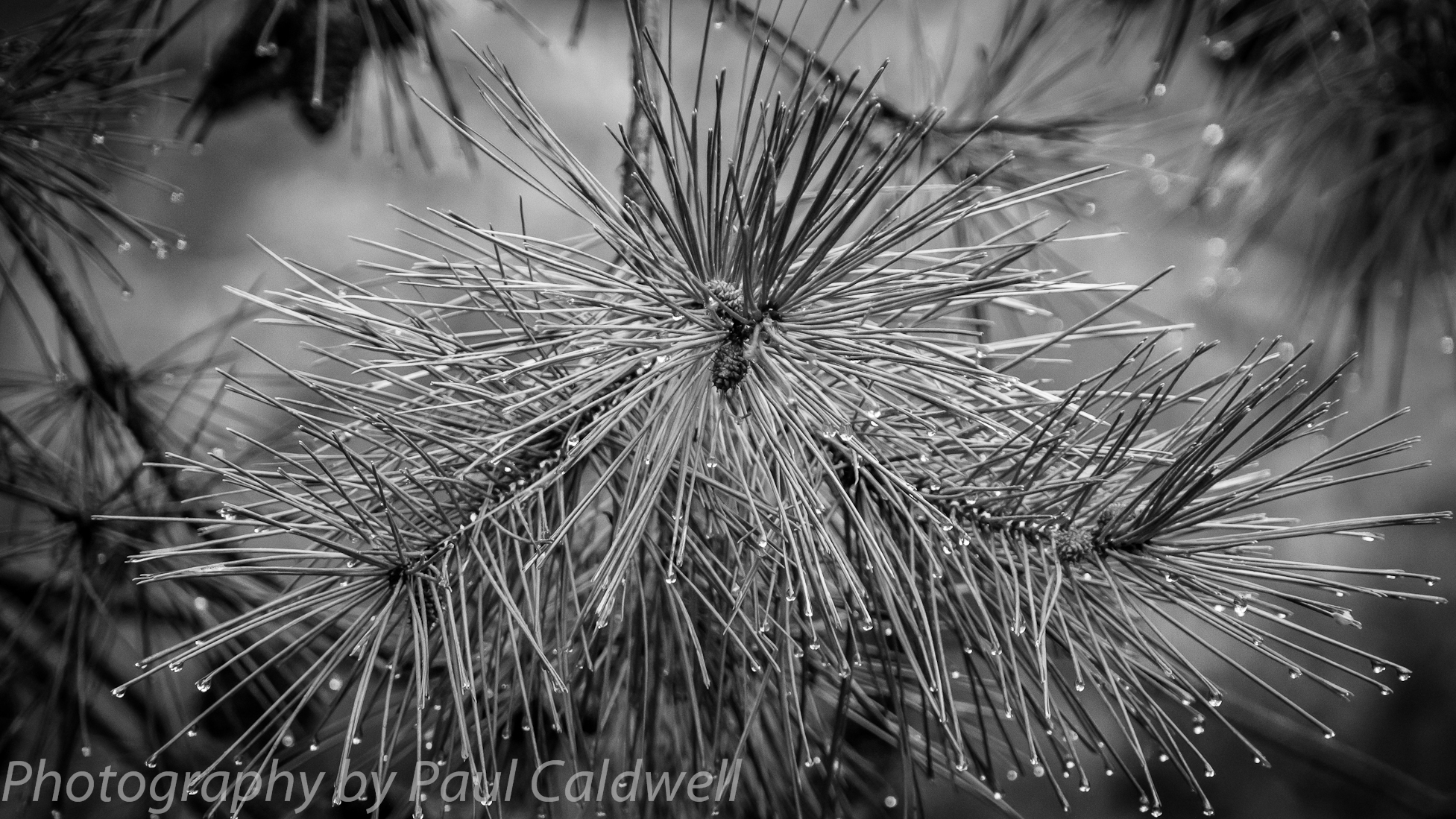
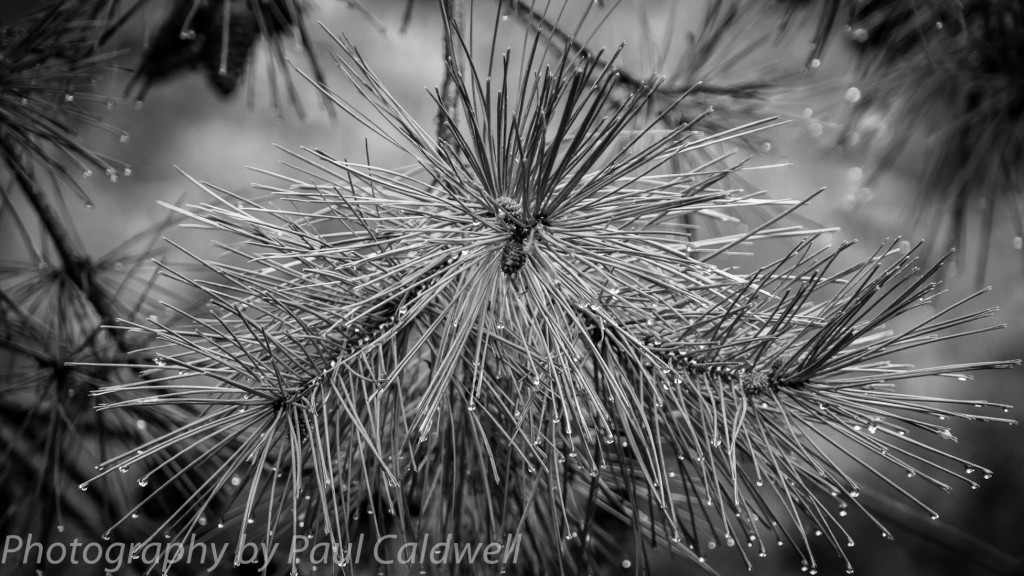
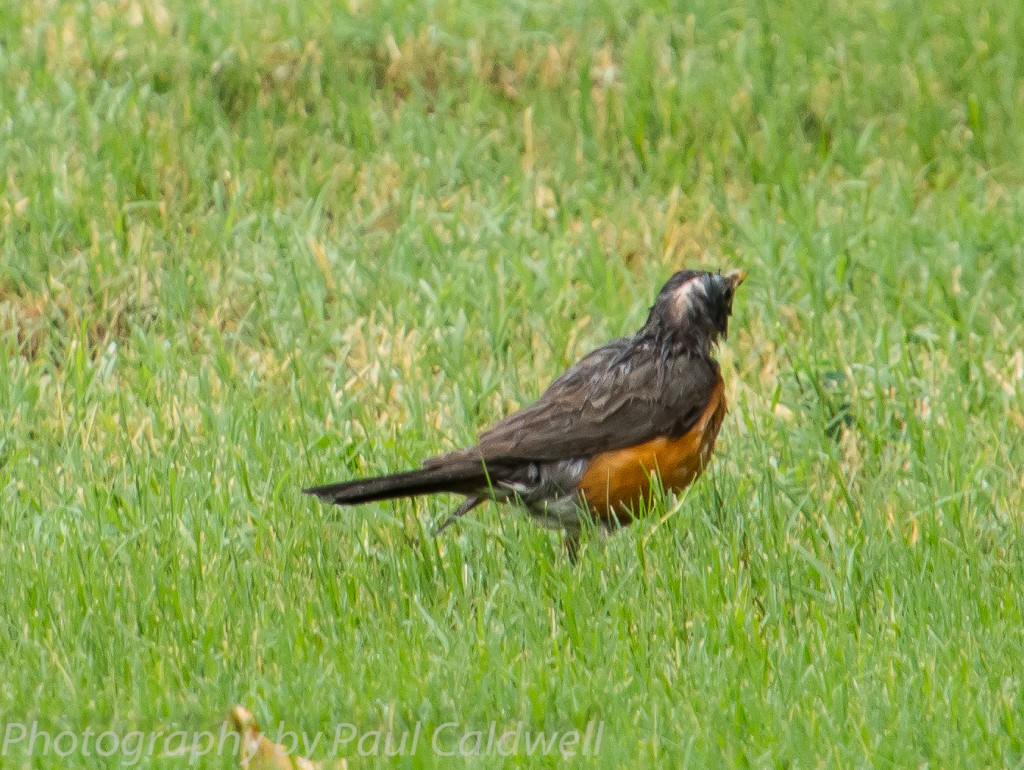
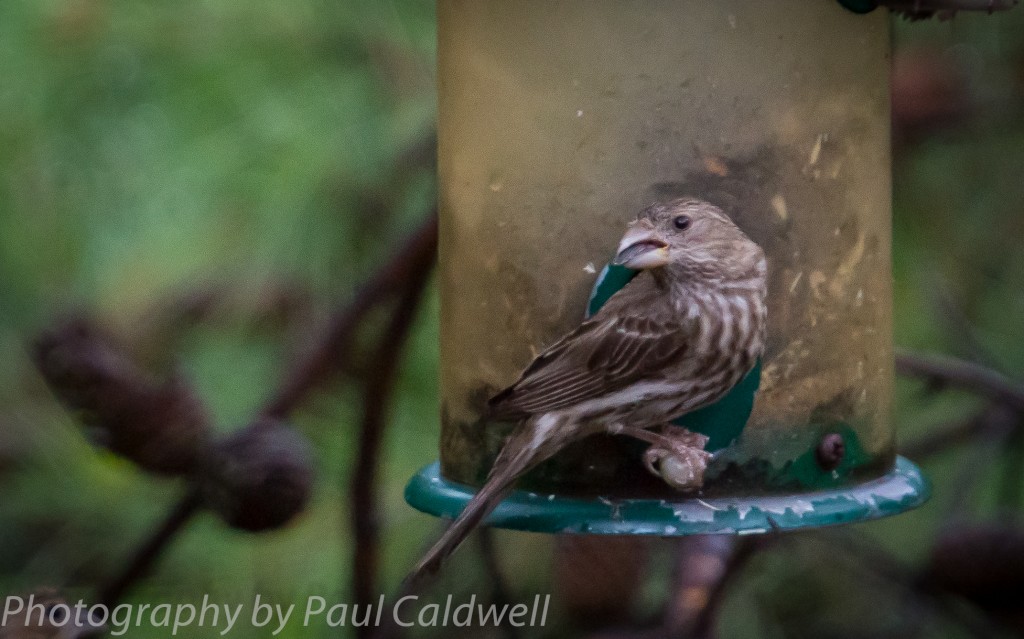
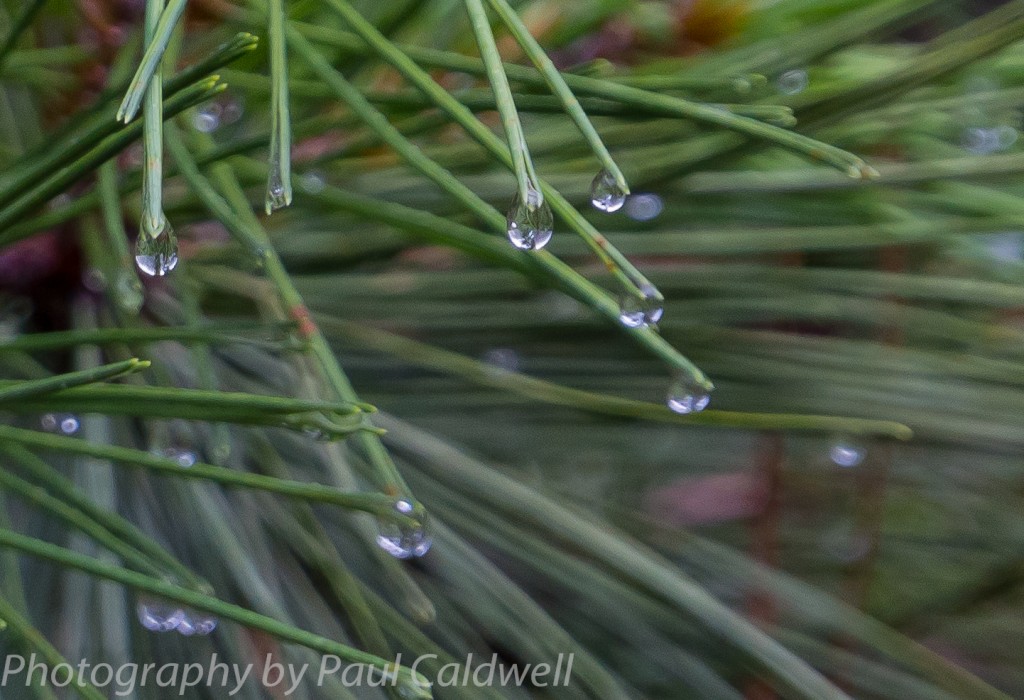
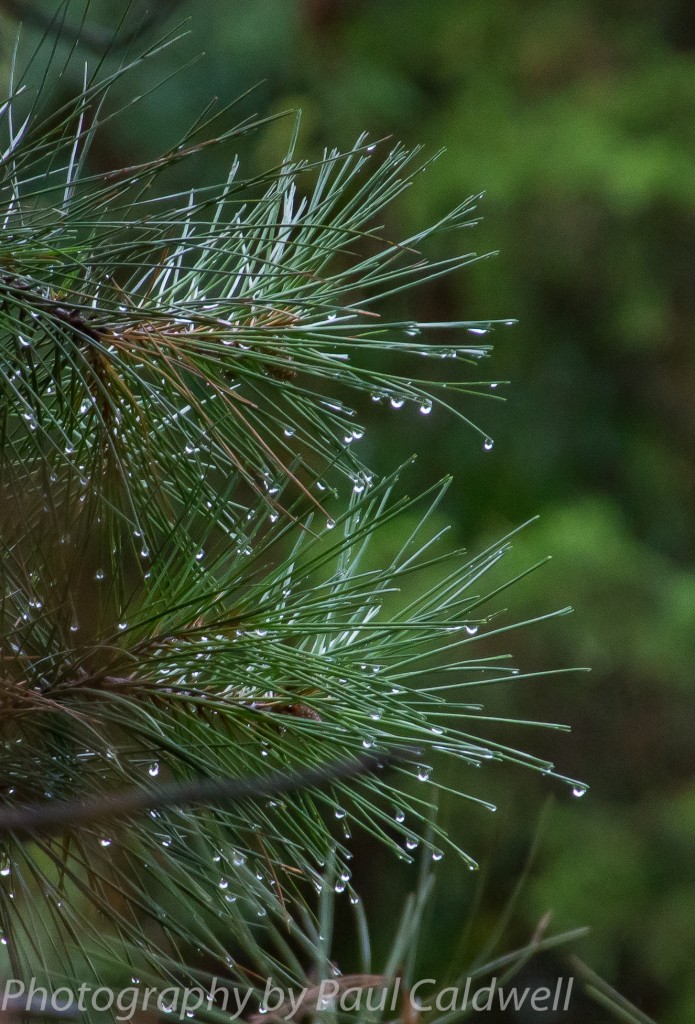
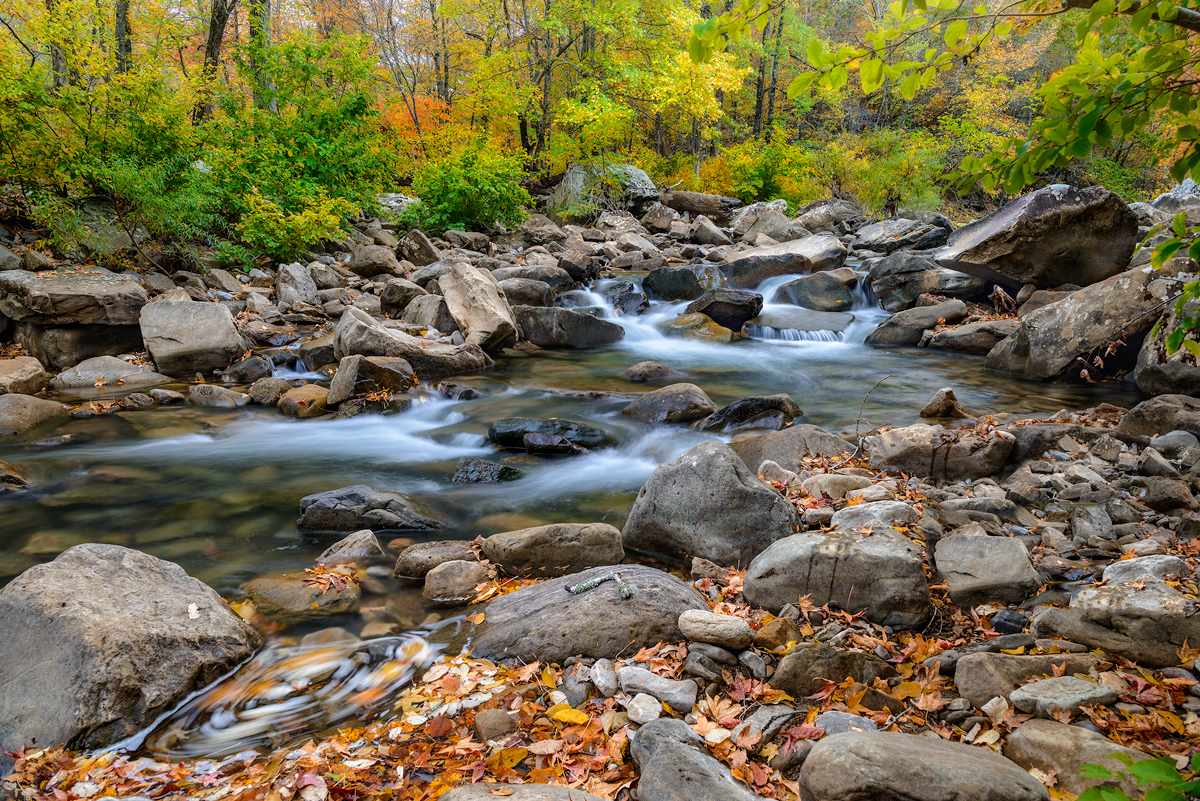
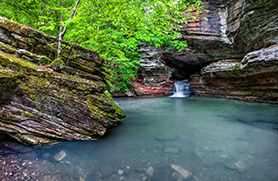
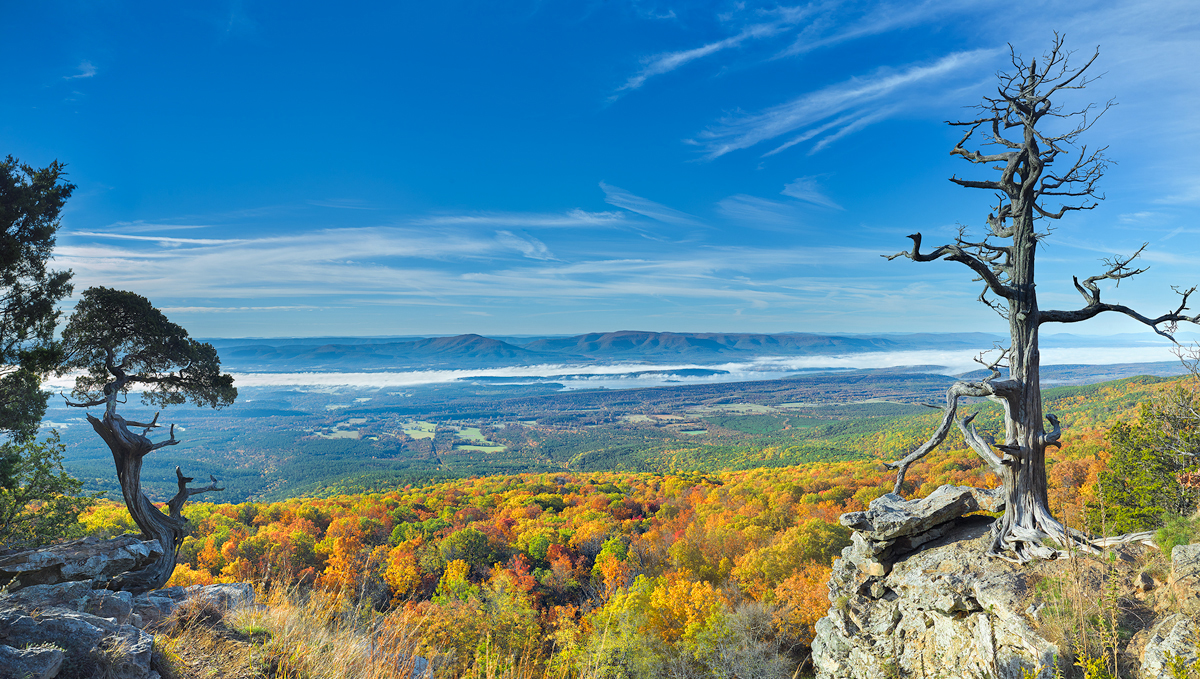
Recent Comments